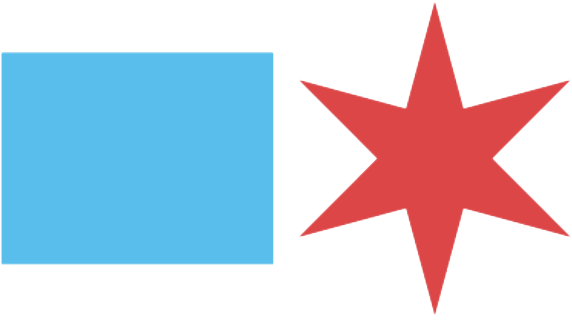U.S. Army Corps Increases Grant Funding for Northerly Island Habitat Development Project
CHICAGO- The U.S. Army Corp of Engineers has proposed to increase the current Great Lakes Fisheries Ecosystem Restoration (GLFER) grant from $2.8 million to $5 million for the Chicago Park District’s southern 40-acre Northerly Island Habitat Development project. The Chicago Park District would be required to match the grant by 35 percent. The matching funds would come from a Northerly Island reserve, created by concert venue revenues.
“This increase in grant funding will greatly assist with the tremendous transformation Northerly Island is undergoing to provide families and children with more opportunities to enjoy the outdoors and the park with onsite camping,” said Mayor Rahm Emanuel. “As we work with the U.S. Army Corps Engineers and the Chicago Park District to develop Northerly Island over the next decade, Chicago's children can develop a passion for the wilderness and a devotion to conservation for decades to come."
The total revised budget for the project would be between with $6 -7 million, with $4 – 5 million covered by the GLFER grant and $2 – 2.5 million coming from the concert venue reserve fund. The Army Corps is in the process of utilizing unused 2012 funds from various Great Lakes Restoration Initiative (GLRI) projects and has offered the salvage to the Chicago Park District. With the availability of these additional funds, the Park District has expanded the scope to include:
- A modified landscape and grading plan to accommodate more camping areas: The hills will be reshaped to provide new and expanded camping groves and will accentuate the view corridors from Northerly Island to downtown. In particular, the sight lines will correlate with the celestial calendar, aligning the visitor experience with constellations overhead. Lastly, the increase in elevation of the hills will prevent bird strikes at McCormick Place. Birds need prominent topography as a visual cue to compel them to land and avoid crashing into structures such as large buildings.
- A deeper wetland (pond) that will reduce broad mud flats and help develop habitat: This will establish a habitat for the endangered mud-puppy salamander. Part of the installation will include educational and awareness video display of underwater habitat with a live feed to the Shedd Aquarium. The pond will also serve as an estuary non-game species of fish. The deeper wetland will result in a habitat that is more likely to be wet during dry periods through its hydraulic connection to Lake Michigan. This creates a more consistently wet habitat for birds travelling along the migratory flyway that need to rest at Northerly Island.
- Additional trails, boardwalks, and a bridge at the south end: Public access will be increased to the wetland area, hills, camping grounds, and other locations of the park site. The formalized access paths will allow the public to interact with landscape and wildlife without disturbing the mesic prairie and wetland plantings. The paths and boardwalks will also enhance ADA accessibility. The installation of a bridge at the south end of the park that will complete the path system.
These improvements will create a higher quality and more diverse natural area for flora, fauna, and campers. Additionally, the previous project scope included the restoration of shoreline habitats, coastal wetland and other coastal plant communities and the installation of native plant and trees. Construction is expected to begin in November 2012 and be completed in spring of 2014 which also includes a five-year plant maintenance program with portions of the park such as the trail opening in the fall of 2013.
# # #
